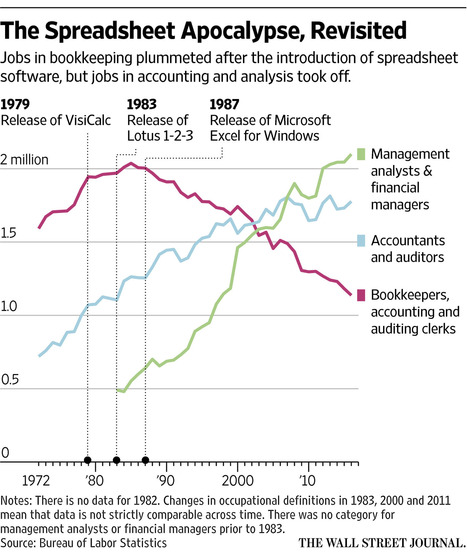(p. A15) If you want anyone to pay attention to you in meetings, don’t ever preface your opposition to a proposal by saying: “Just to play devil’s advocate . . .” If you disagree with something, just say it and hold your ground until you’re convinced otherwise. There are many such useful ideas in Charlan Nemeth’s “In Defense of Troublemakers,” her study of dissent in life and the workplace. But if this one alone takes hold, it could transform millions of meetings, doing away with all those mushy, consensus-driven hours wasted by people too scared of disagreement or power to speak truth to gibberish. Not only would better decisions get made, but the process of making them would vastly improve.
. . .
In the latter part of her book, Ms. Nemeth explores in more detail how dissent improves the way in which groups think. She is ruthless toward conventional “brainstorming,” which tends toward the uncritical accumulation of bad ideas rather than the argumentative heat that forges better ideas. It’s only through criticism that concepts receive proper scrutiny. “Repeatedly we find that dissent has value, even when it is wrong, even when we don’t like the dissenter, and even when we are not convinced of his position,” she writes. “Dissent . . . enables us to think more independently” and “also stimulates thought that is open, divergent, flexible, and original.”
. . .
Ms. Nemeth’s punchy book also has an invaluable section on diversity in groups. All too often, she writes, in pursuit of diversity we focus on everything but the way people think. We look at a group’s gender, color or experience, and once the palette looks right declare it diverse. But you can have all of that and still have a group that thinks the same and reinforces a wrong-headed consensus.
By contrast, you can have a group that is demographically homogeneous yet violently heterogeneous in the way it thinks. The kind of diversity that leads to well-informed decisions is not necessarily the kind of diversity that gives the appearance of social justice. That will be a hard message for many organizations to swallow. But as with many of the arguments that Ms. Nemeth makes in her book, it is one that she gamely delivers and that all managers interested in the quality and integrity of their decision-making would do well to heed.
For the full review, see:
Philip Delves Broughton. “BOOKSHELF; Rocking The Boat.” The Wall Street Journal (Thursday, May 9, 2018): A15.
(Note: ellipsis internal to a paragraph, in original; ellipses between paragraphs, added.)
(Note: the online version of the review has the date May 10, 2018, and has the title “BOOKSHELF; ‘In Defense of Troublemakers’ Review: Rocking the Boat.”)
The book under review, is:
Nemeth, Charlan. In Defense of Troublemakers: The Power of Dissent in Life and Business. New York: Basic Books, 2018.

